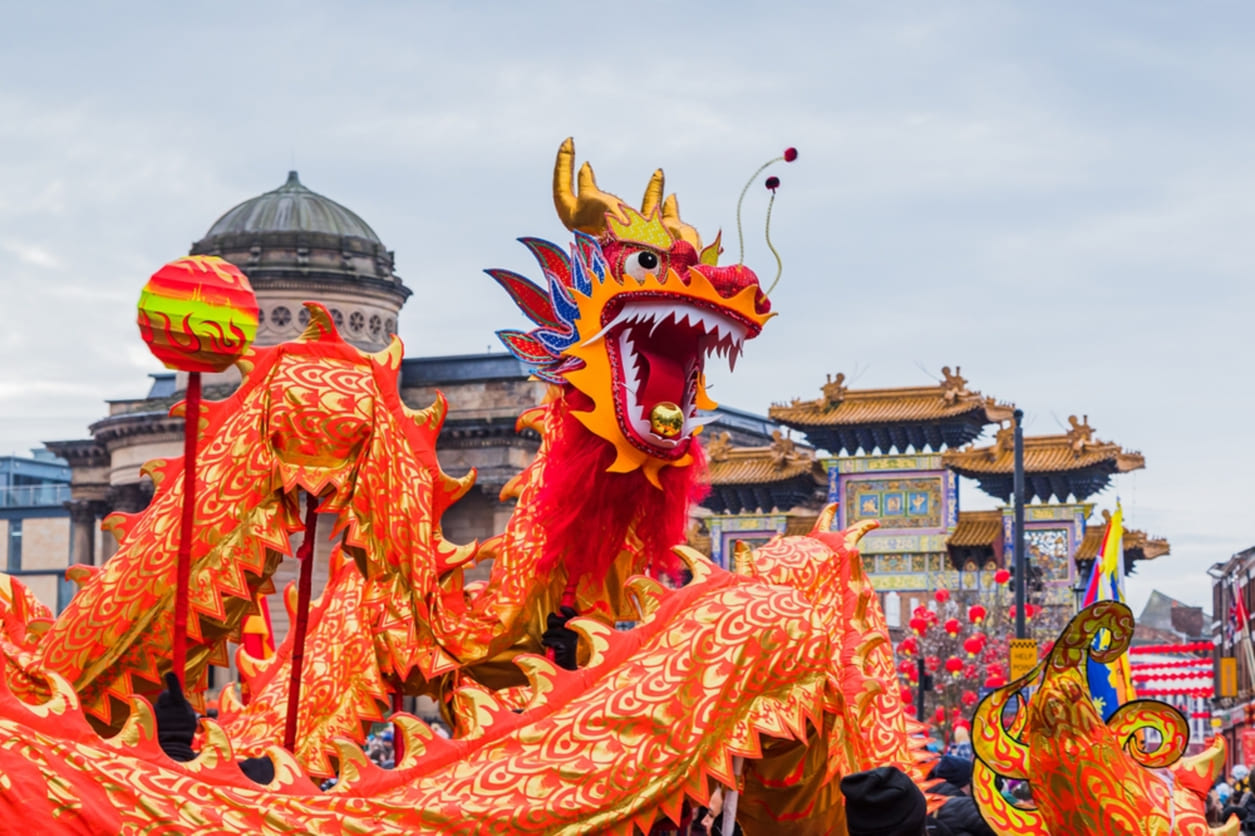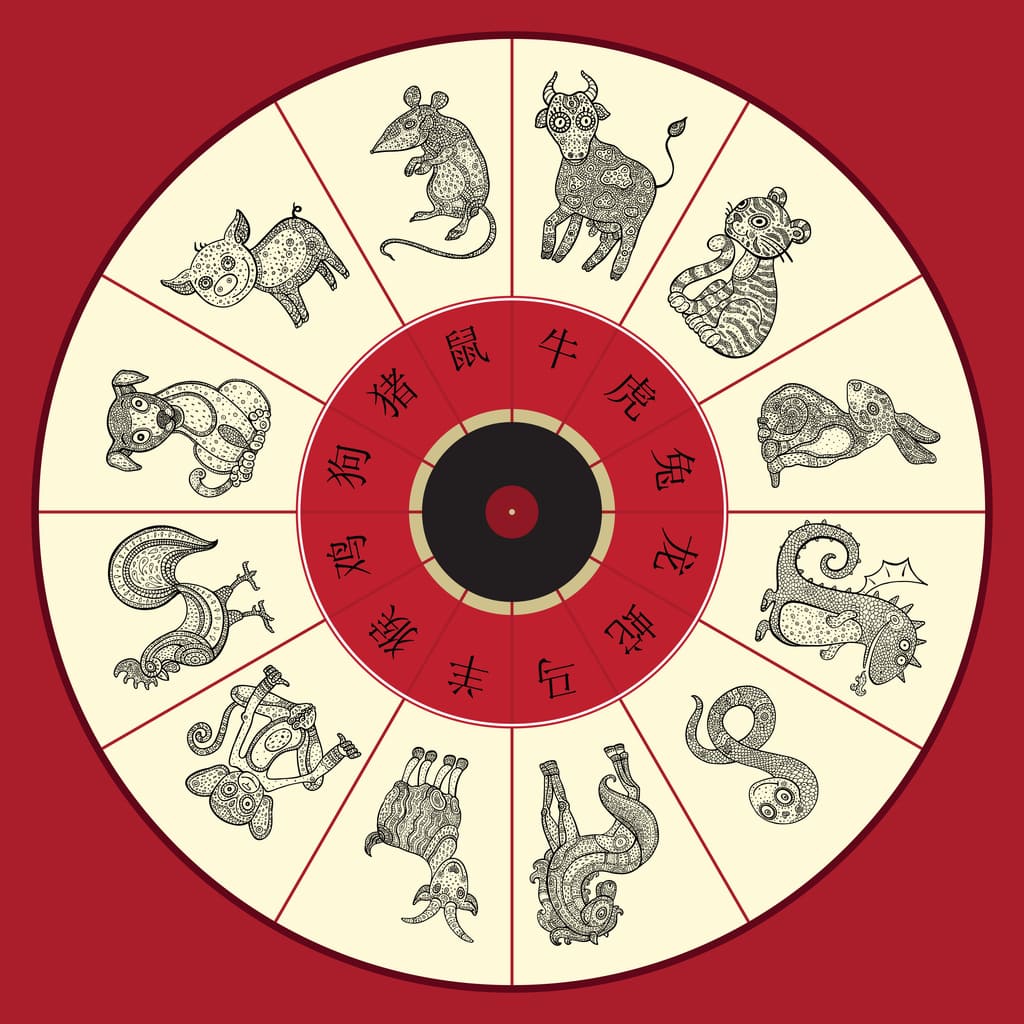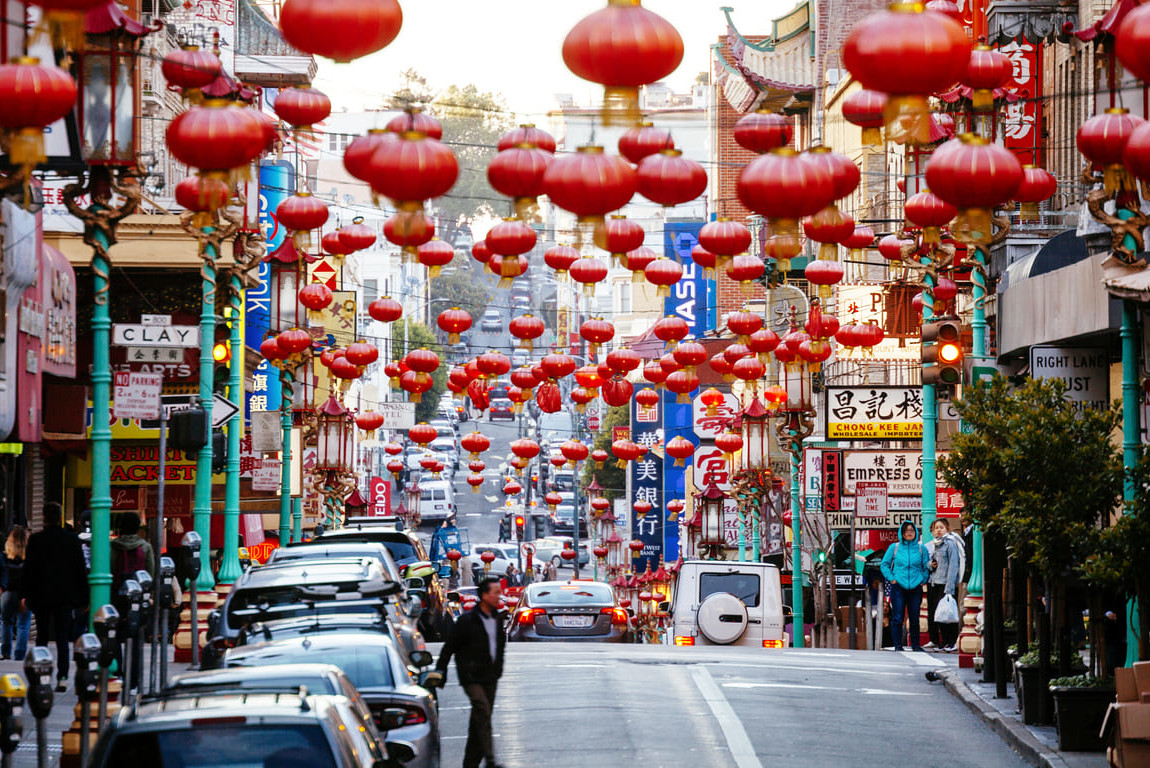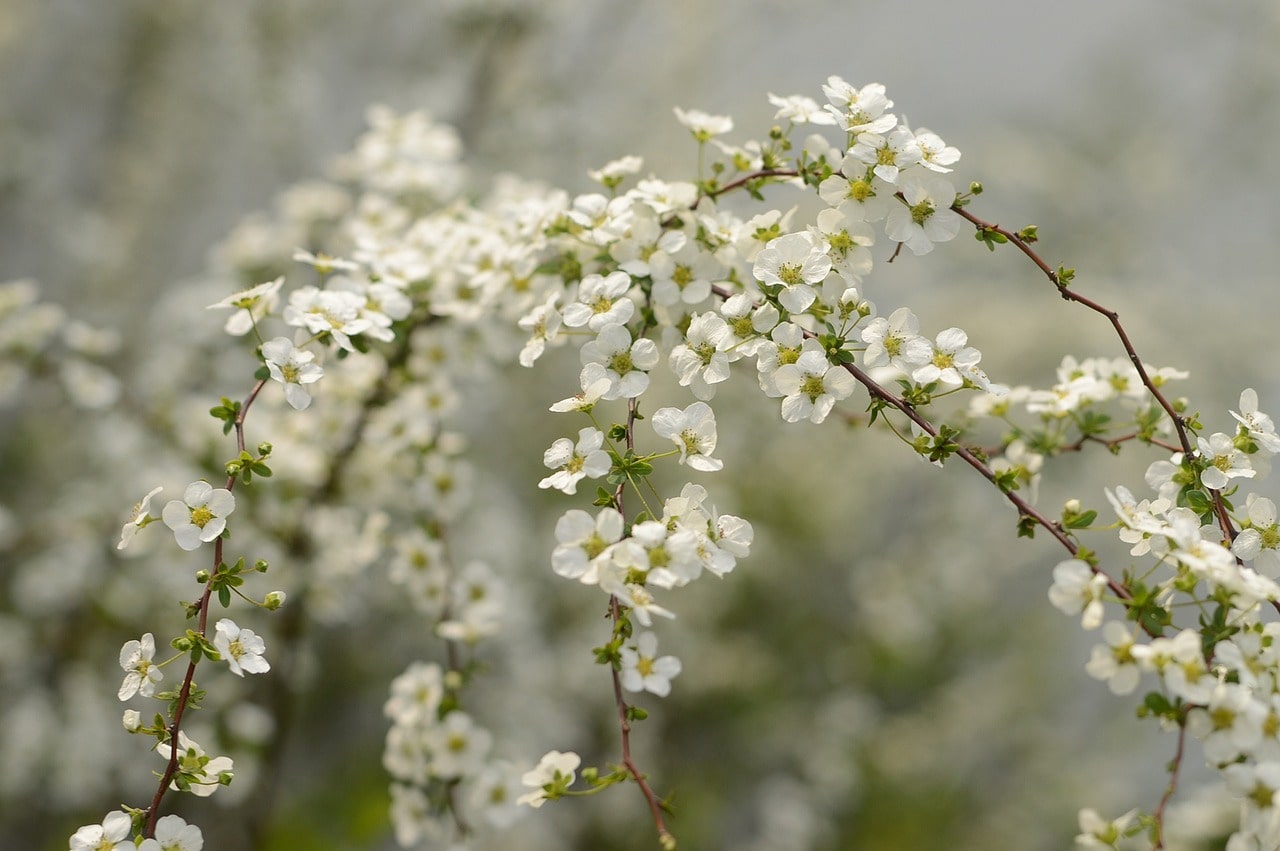The Chinese Calendar
The Chinese Calendar is a lunisolar calendar that combines both the moon phase cycle and the solar year. It is used to determine traditional festivals, zodiac signs, and important cultural events like the Lunar New Year.

Origins and Foundation
The Chinese Calendar is one of the oldest in the world, with roots going back thousands of years to the Xia and Shang dynasties. Built on deep observations of the skies and seasons, it reflects the ancient Chinese view of time as a balance between natural forces. Over time, scholars and astronomers helped refine it into the system that is still used today for traditional events and cultural planning.
A Lunisolar System
Unlike the purely solar Gregorian calendar, the Chinese Calendar is lunisolar—it tracks both the moon's phases and the solar year. Each month begins with a new moon, and adjustments are made to keep the months aligned with the changing seasons. This allows it to maintain accuracy over long periods while reflecting the cycles of nature.
Keeping Track of Time: The 60-Year Cycle
The calendar uses a unique 60-year cycle based on the combination of Ten Heavenly Stems and Twelve Earthly Branches. Every year within this cycle is defined by a pairing of one stem and one branch. This traditional method forms the backbone of Chinese timekeeping, especially in astrology, historical records, and naming practices.
The Ten Heavenly Stems (Tiangan) represent five natural elements—Wood, Fire, Earth, Metal, and Water—each with a strong (active) or gentle (passive) nature:
- Jia (Wood – strong/active nature)
- Yi (Wood – gentle/passive nature)
- Bing (Fire – strong/active nature)
- Ding (Fire – gentle/passive nature)
- Wu (Earth – strong/active nature)
- Ji (Earth – gentle/passive nature)
- Geng (Metal – strong/active nature)
- Xin (Metal – gentle/passive nature)
- Ren (Water – strong/active nature)
- Gui (Water – gentle/passive nature)
Each year also includes one of the Twelve Earthly Branches, which are closely tied to the Chinese Zodiac animals. The cycle moves forward one stem and one branch each year. After 60 unique pairings, the cycle starts again.
Example: The year 2024 is known as Jia Chen, combining Jia (Wood – strong/active nature) and Chen (Dragon). This same combination last occurred in 1964, and it will repeat again in 2084. People born in these years are believed to share similar energetic traits based on both the element and the zodiac animal.
The Twelve Earthly Branches: Symbols of Time and Zodiac

The Twelve Earthly Branches (Dizhi) are not just a timekeeping method—they form the basis of the Chinese Zodiac, a system that assigns an animal to each year in a repeating 12-year cycle. These animals are thought to influence the personalities and destinies of those born under them.
The Twelve Earthly Branches and their zodiac animals are:
- Zi (Rat)
- Chou (Ox)
- Yin (Tiger)
- Mao (Rabbit)
- Chen (Dragon)
- Si (Snake)
- Wu (Horse)
- Wei (Goat)
- Shen (Monkey)
- You (Rooster)
- Xu (Dog)
- Hai (Pig)
Each zodiac sign is believed to carry specific traits. People often consult the zodiac to learn about their strengths, weaknesses, and compatibility with others. The animal associated with the current year also appears widely in decorations, greetings, and festivities during the Lunar New Year.
Example: Someone born in 1996 or 2008 would be born in the Year of the Rat (Zi). According to tradition, Rat-born individuals are clever, adaptable, and quick-thinking—qualities linked to the symbolic meaning of the animal. These traits are often celebrated in horoscopes and fortune readings during festival times.

When is Chinese New Year?
Chinese New Year, also called Spring Festival, is the most important event marked by the calendar. It usually falls between January 21 and February 20, depending on the second new moon after the winter solstice. Its timing varies each year, making the calendar essential for determining the exact date.
Leap Months and Adjustments
To keep lunar months in harmony with the solar year, the Chinese Calendar occasionally adds an extra month—this is known as a leap month. Leap years occur roughly every two to three years. This approach helps prevent seasonal drift and ensures that traditional festivals remain in the right time of year.
Modern Use and Cultural Value
Although the Gregorian calendar is used in daily life and business across China and the world, the Chinese Calendar continues to guide important traditions. From selecting wedding dates to planning festivals and family ceremonies, it holds deep cultural meaning. In modern society, it stands as a link between ancient heritage and present-day celebration.



